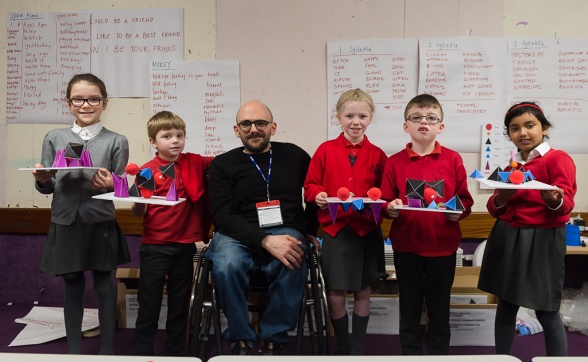Art and Learning: How the Montessori Method of Education Inspired Artist Ryan Gander
Posted on 19 June 2018 by Liverpool Biennial
Ryan Gander, Time Moves Quickly (workshop), 2018. Photo: Brian Roberts
Throughout 2018, Ryan Gander has been working with five pupils from Knotty Ash Primary School to create new artworks for Liverpool Biennial 2018. They are Jamie Clark, Phoebe Edwards, Tianna Mehta, Maisie Williams and Joshua Yates. Together, they embarked on a journey to see how children can expand their imagination and realise their potential through art, taking inspiration from a method of learning that was devised over 100 years ago…
What is the Montessori methodology?
Devised by Maria Montessori, recognised as one of the most important early year educators of the 20th century, this method of learning has been used in many classrooms across the world ever since. She was the first woman to graduate from the University of Rome's medical school and went on to establish schools for disadvantaged children.
While there, her innovative classroom practices formed a concept of learning which includes self-directed activity, hands-on learning and collaborative play. Montessori observed universal characteristics in human psychology which she called ‘human tendencies’. These tendencies included abstraction, communication, exploration, self-perfection, work and order.
By creating a prepared environment tailored to basic human characteristics, Montessori believed that children would act spontaneously and gain independence. Eventually, she believed, they would reach their optimum development.
Time Moves Quickly
Ryan Gander has taken inspiration from Montessori’s ground-breaking work in his project for Liverpool Biennial 2018, which explores the creativity of young people. For the project, called Time Moves Quickly, five young collaborators from Knotty Ash Primary School are developing and producing five different works from five different activities, each with predetermined set materials and parameters.
Here’s a glimpse of what they have been getting up to.
#1
Created through conversation with the children, the colourful concept for this activity was taken from a by-product of Montessori school exercises. The aim is to encourage colour identification and correlations skills. Gander had previously worked with his 2-year old daughter to create similar works.
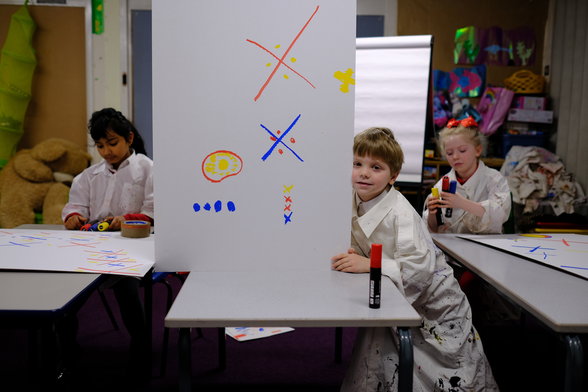
Ryan Gander, Time Moves Quickly (workshop), 2018. Image courtesy the artist
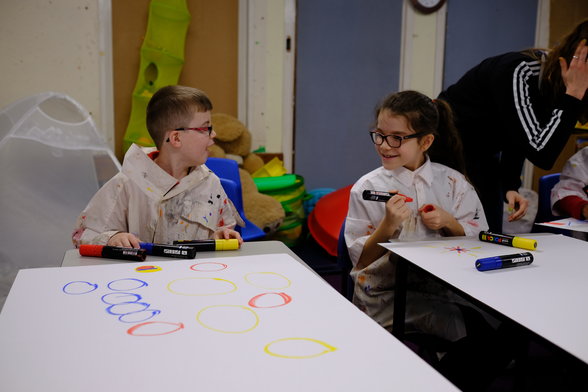
Ryan Gander, Time Moves Quickly (workshop), 2018. Image courtesy the artist
#2
In this exercise, Gander uses shapes taken from a Montessori method of teaching young people about grammar. Each shape represents different elements of speech, such as nouns and verbs. Gander invited the children to write their own haikus, using these different shapes to create a series of sculptures. This summer, they will be exhibited at Bluecoat for visitors to admire in their full artistic glory.
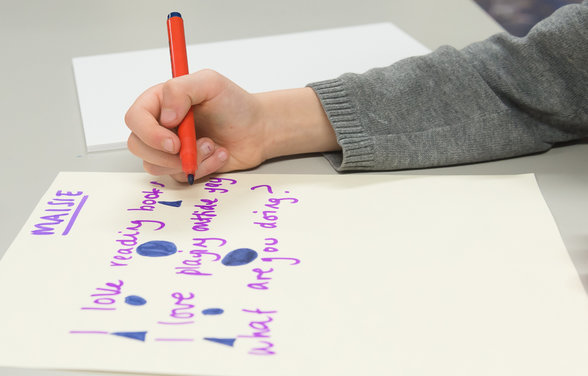
Ryan Gander, Time Moves Quickly (workshop), 2018. Photo: Brian Roberts
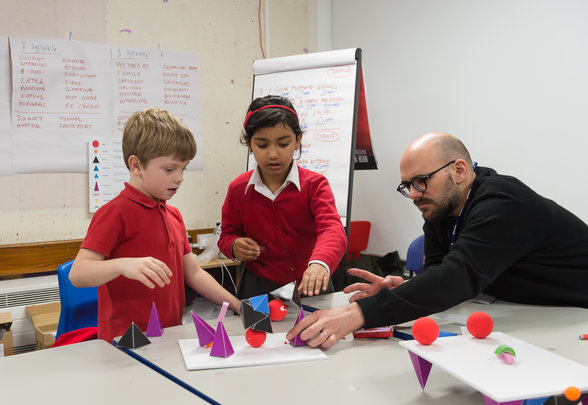
Ryan Gander, Time Moves Quickly (workshop), 2018. Photo: Brian Roberts
#3
For a major new public artwork for the city, the children are creating a series of ‘benches’ inspired by the Liverpool Metropolitan Cathedral. Gander has dissected the Brutalist building into a series of building blocks, which his young collaborators have then put back together in an illogical abstracted order. Now cast in concrete, they will be installed on a large plateau behind the Cathedral, inviting visitors to sit and rest on them.
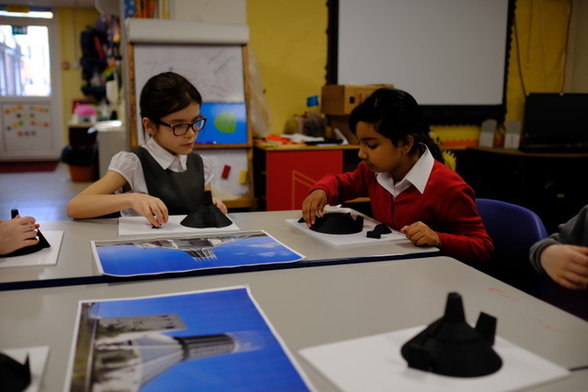
Ryan Gander, Time Moves Quickly (workshop), 2018. Image courtesy the artist
Read more about Ryan Gander's project which will be presented at Bluecoat and Liverpool Metropolitan Cathedral, as part of Liverpool Biennial 2018 from 14 July – 28 October.
Liverpool Biennial
55 New Bird Street
Liverpool L1 0BW
- T +44 (0)151 709 7444
- info@biennial.com
Liverpool Biennial is funded by
Founding Supporter
James Moores
